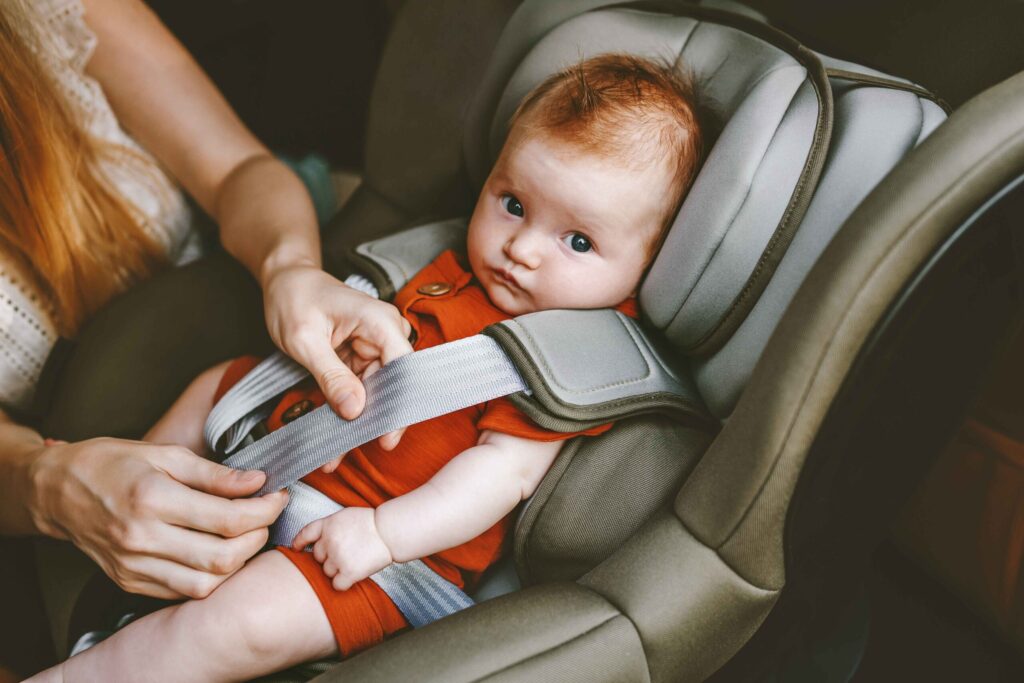Genie Chat
Genie Chat
Parenting 0-5yr old
Miscellaneous
Easy Healthy Recipes for Kids
No products in the cart.
No products in the cart.
Welcome, vigilant parents, to the Car Seat Safety Guide within Parenting Genie! Your child’s safety on the road is our utmost priority, and we are here to equip you with the knowledge and skills to ensure a smooth and secure ride every time. Let’s dive into the details of choosing the appropriate car seat, installing it correctly, and ensuring your little passengers are safely buckled up during car rides.

Remember, Parenting Genie, you are the captain of this journey, and safety is our road map. By adhering to these Car Seat Safety Guidelines, you’ll not only provide your little travellers with the best protection on their journeys but also empower yourself with the knowledge to navigate towards safe and secure adventures with your precious passengers.
Cngratulations, Car Seat Safety Champion! You’ve completed the Car Seat Safety Guide within Parenting Genie. Now, go forth confidently, knowing you can ensure a smooth and secure ride for your little ones.
Buckle up and happy travels, dear parents!
